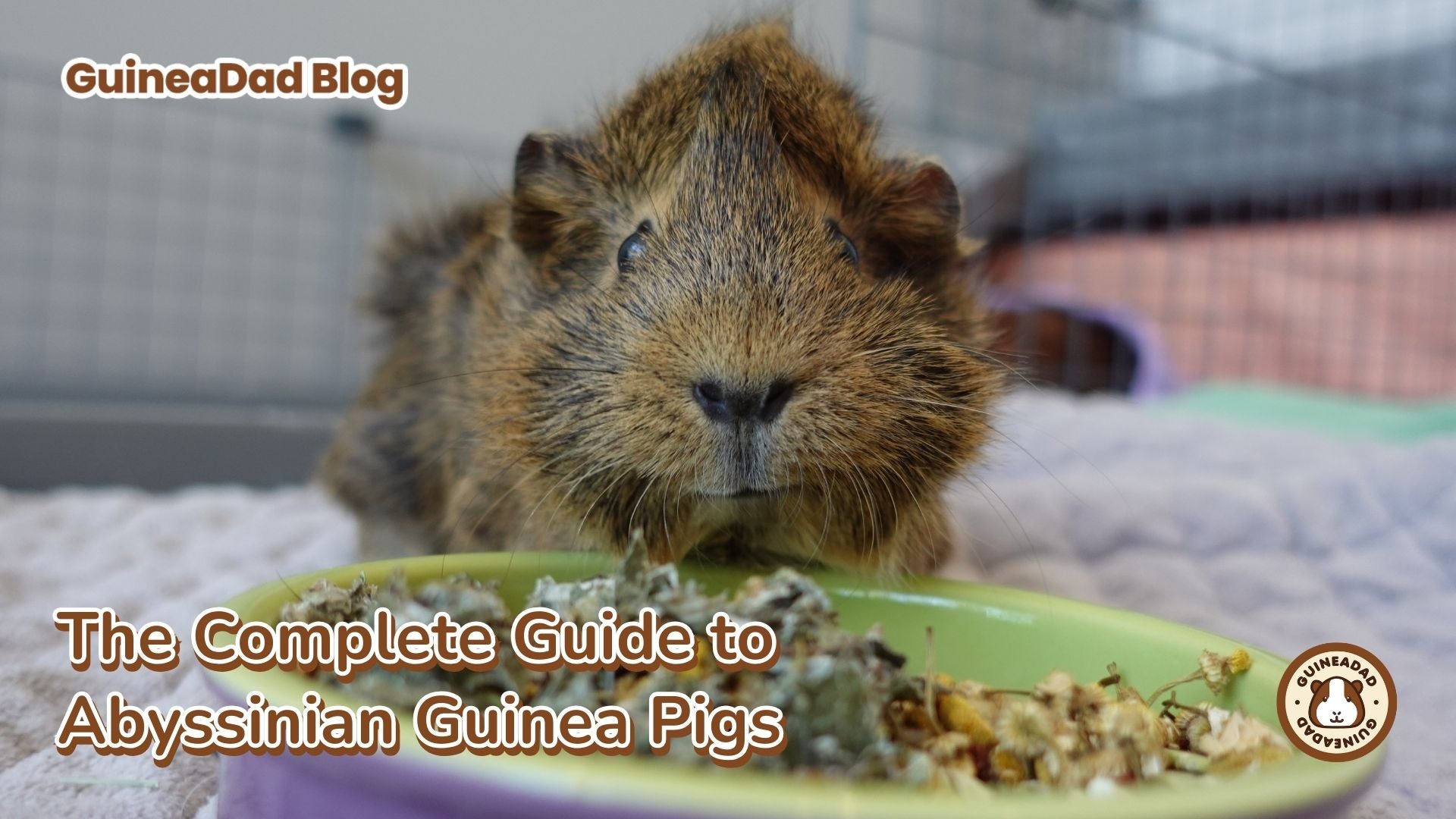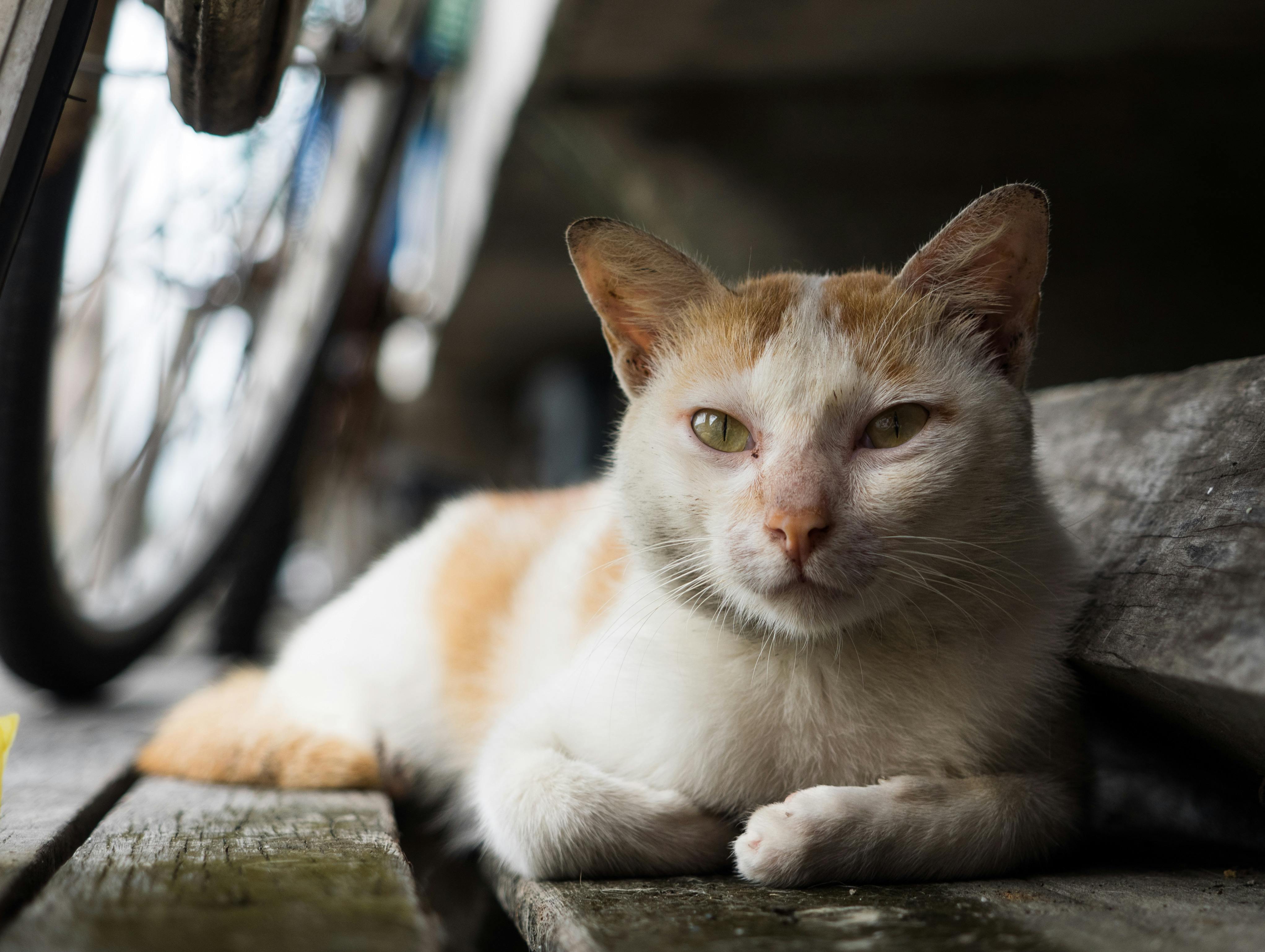
Understanding the Natural Predators of Axolotls
Axolotls, fascinating creatures native to Lake Xochimilco in Mexico, have unique adaptations that allow them to thrive in their environment. However, they are not at the top of the food chain and face numerous threats from various predators. Understanding what eats axolotls is essential for their conservation, especially as they continue to face habitat destruction and other stressors. In this article, we will explore the primary axolotl predators, their roles in aquatic ecosystems, and effective strategies for protecting these remarkable amphibians.
In this guide, we'll delve into various types of predators—from aquatic and freshwater threats to those found in the skies. We’ll also discuss axolotl safety measures in captivity and the significance of protecting their habitats. By understanding these interactions and implementing effective conservation strategies, we can ensure the survival of axolotls in their natural environments.
Key takeaways include recognizing the interconnectedness of species in their ecosystems and how we can proactively contribute to the axolotl's protection.
Identifying Common Axolotl Threats
Building on our understanding of axolotls, it’s vital to identify their common predators. Various species can threaten axolotls, including aquatic predators like fish and birds, and larger animals such as otters. By familiarizing ourselves with these threats, we can implement effective conservation practices.
Common Aquatic Predators of Axolotls
Freshwater habitats harbor numerous organisms that prey on larval and juvenile axolotls. Fish species, particularly those that inhabit the same waters as axolotls, see these amphibians as food resources. Predatory fish, such as bass and perch, are notorious for their aggressive feeding habits. Additionally, larger invertebrates such as crayfish can also pose a danger to smaller axolotls, leading to high mortality rates in vulnerable populations. Understanding these interactions is crucial to protecting young axolotls.
Birds that Hunt Axolotls
Birds, particularly those that dwell near water, are also common axolotl predators. Species like herons, which have specialized feeding techniques, can easily snatch axolotls from the water. These birds are skilled hunters, utilizing their sharp beaks and keen eyesight to catch their prey. This predator-prey relationship is part of the ecological balance in axolotl habitats.
Reptiles and Amphibians as Predators
Additionally, that the presence of large amphibians, such as bullfrogs, and reptiles, like aquatic turtles and snakes, can impact axolotl populations. Bullfrogs, in particular, compete with axolotls for resources while also preying on them. Understanding the behaviors of these predators can help in devising effective conservation strategies to protect axolotls from their natural threats.
Key Habitats and Their Impact on Axolotls
Connected to the discussion of predators, the type of habitat in which axolotls reside greatly affects their interaction with these threats. Axolotl habitats are primarily freshwater environments characterized by slow-moving waters and dense aquatic vegetation. Preservation of these habitats is essential to prevent the decline of axolotl populations.
Habitat Requirements for Healthy Axolotl Populations
Axolotls require specific habitat conditions, including clean, well-oxygenated water and ample hiding spots among aquatic plants. These conditions help axolotls evade predators and find food sources such as small invertebrates and zooplankton. Disruption of their habitats, through pollution or urban development, can significantly increase their vulnerability to predation.
Impact of Habitat Destruction on Axolotls
The primary threats to axolotl habitats include pollution, invasive species, and development. Pollution from agricultural runoff and waste significantly degrades water quality, making it harder for axolotls to thrive. Additionally, invasive species can compete with axolotls for resources, further straining their populations. Understanding these impacts allows for more targeted conservation actions to protect axolotl habitats and, subsequently, their populations.
Strategies for Protecting Axolotls from Predators
With these basics established, let’s explore strategies to safeguard axolotls against their natural predators effectively. Protective measures can involve enhancing habitat conditions, as well as methods to reduce predator interactions.
Creating Safe Environments for Axolotls
To enhance the survival of axolotls in the wild, conserving and restoring their natural habitats is of utmost importance. Community efforts to clean waterways, reduce pollution, and restore wetlands can lead to healthier ecosystems that support axolotls. This, in turn, allows axolotls to thrive and reduces the likelihood of their becoming victims to various predators.
Implementing Predator Management Practices
In areas where axolotls are particularly threatened by predators, management practices may include controlling invasive fish populations and monitoring bird species that may pose a risk. Educating local communities on the importance of axolotls and their ecological roles can further bolster support for conservation initiatives.
Enhancing Axolotl Reproductive Success
Increasing the number of axolotls can be achieved through successful breeding programs. Understanding their reproductive cycles and behaviors can enhance breeding success in both wild and captive environments. Conservationists should focus on breeding strategies that support axolotl populations while also considering genetic diversity to ensure their resilience against environmental stressors.
Understanding the Role of Aquatic Ecosystems in Axolotl Survival
Following this approach, it’s crucial to appreciate the broader context of aquatic ecosystems in which axolotls exist. Healthy ecosystems not only support axolotls but also their predators, creating a balanced environment.
The Importance of Biodiversity in Aquatic Systems
Biodiversity plays a vital role in maintaining the ecological balance within aquatic systems. Various species interact in complex food webs, where each plays a specific role. Axolotls participate actively in these webs as both predators of smaller organisms and prey for larger species.
Interactions Within Aquatic Food Webs
Understanding axolotl interactions within their food webs informs conservation strategies significantly. Predators of axolotls must be managed to sustain their populations while maintaining the ecosystem's integrity. Research into these complex relationships is essential in developing sustainable practices that protect axolotls and their habitats.
Q&A Section: Protecting Axolotls from Predators
What are the main predators of axolotls in the wild?
Common predators include fish such as bass and perch, birds like herons, and larger amphibians and reptiles, including bullfrogs and water snakes.
How can I help axolotls in my community?
Community efforts can include supporting habitat restoration projects, educating others about the importance of axolotls, and advocating for local conservation policies.
What should I feed my axolotls in captivity to ensure their health?
In captivity, axolotls thrive on a diet of high-quality pellets, bloodworms, and other suitable invertebrates that provide essential nutrients.
Conclusion: The Future of Axolotls and Conservation Initiatives
As we analyze the multifaceted threats to axolotls, it becomes evident that protecting these remarkable creatures requires a concerted effort from individuals, communities, and organizations. By understanding predator dynamics and their ecological roles, developing targeted conservation strategies, and supporting habitat preservation, we can help ensure the survival of axolotls for generations to come.

